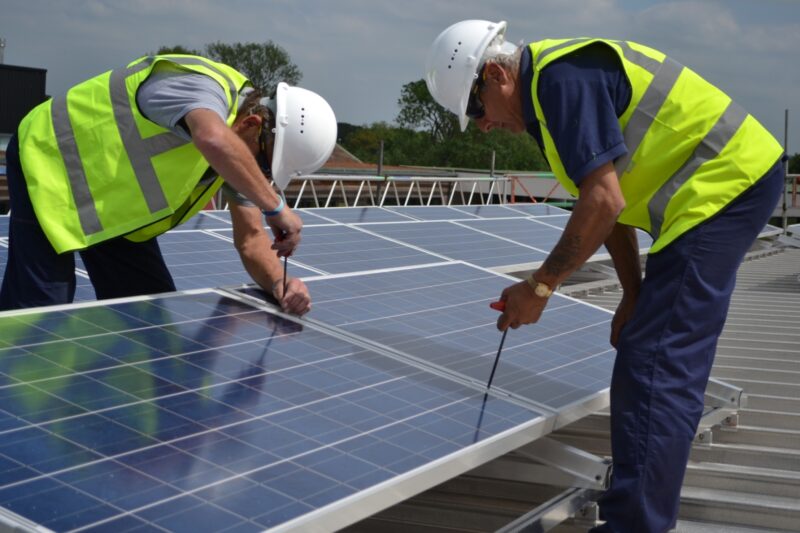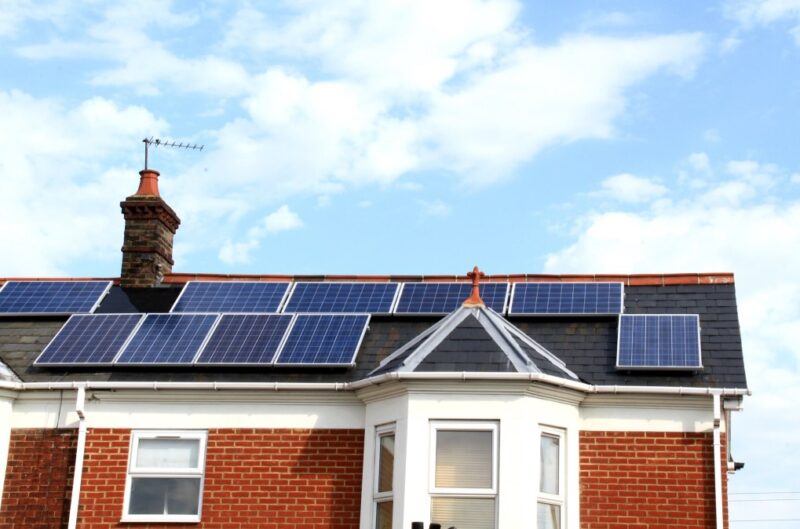Solar energy sounds like a perfect solution. Clean. Cheap. Endless. But the online world has turned solar into a buzzword wrapped in exaggerations, half-truths, and sometimes outright lies. If you’ve ever read a blog post or a flashy headline promising to slash your energy bills to zero or claiming solar pays for itself in a year—you’re not alone.
This article is a sharp look at what you should believe, what you should question, and where to double-check your sources before making a big decision about going solar.
Key Highlights
- Many online solar claims ignore local laws, weather patterns, or grid policies.
- Incentive programs often get misrepresented or oversold.
- Solar calculators online can vary wildly in accuracy.
- Misleading ads exaggerate how fast panels can pay for themselves.
- Not all product reviews are based on real performance data.
- Content detection tools can help reveal unreliable automated reviews.
Not Every Promise Comes With Proof
The first red flag: guaranteed savings without any context. That’s common online, especially in paid ads or affiliate blog posts.
One-size-fits-all promises ignore your:
- Climate conditions
- Local energy provider’s buyback rates
- Type of roof
- Surrounding shade coverage
Solar does save money—but how much, how fast, and under what conditions? That varies. A homeowner in Phoenix will not see the same results as someone in Pittsburgh. And yet, many blog posts gloss over those basic facts. They highlight the best-case scenario and present it as the average experience.
The truth: solar success depends on the math. If you don’t see specifics, be skeptical. Ask where the numbers come from. Look for transparent charts or localized cost breakdowns.

How Online Tools Can Mislead You
Some tools exist to help. Others do the opposite. Plenty of “solar savings calculators” feed you inflated projections because they’re tied to a company’s sales funnel. They exist to nudge you toward installation, not help you analyze the investment.
This is where fact-checking becomes non-negotiable.
Use independent models and energy simulation platforms. Don’t trust the first calculator that appears in a search.
One useful tool to expose low-quality content is surely Zero GPT. This advanced detection model analyzes text to determine if it was generated by artificial intelligence. Built using DeepAnalyse™ Technology, it checks text at both macro and micro levels. It’s helpful when you’re trying to verify if a glowing solar review or blog post might have been machine-written without real-world experience.
If the article feels robotic or avoids addressing local factors, run it through a content checker. Many misleading claims today originate from low-quality content farms or automated scripts.
Incentives and Tax Credits—Not Always as Advertised
Many solar blogs mention federal tax credits as a reason to go solar now. But that incentive has limitations. And it’s often misquoted.
Here’s what to watch for:
- Percentage confusion – A 30% credit applies to eligible costs. But not all costs qualify.
- Income thresholds – Not everyone qualifies. If you owe little or no federal tax, your credit may not apply in full.
- State and local conflicts – Some rebates interfere with federal deductions or require jumping through bureaucratic hoops.
Some influencers and marketers treat incentives like bonus money. That’s wrong. They’re real benefits, but only if you meet the conditions. Check the official IRS website or your local government energy page for accurate details.

Misleading “Payback Time” Claims
Many articles throw out generic timeframes: “Panels pay for themselves in 6 years!” or “Double your return in 10!”
That’s rarely true.
The time it takes to break even on a solar investment depends on:
- Your current utility rate
- Local energy inflation
- Installation and hardware costs
- Maintenance fees over the years
- Net metering agreements
Without those numbers, any claim is just an empty pitch.
Too many people base decisions on simplified calculators that don’t account for panel degradation, weather, or future policy changes. Treat those “6–10 year” headlines as marketing, not fact.
Review Sites and Sponsored Content
Five-star reviews don’t always mean real satisfaction. Most consumers check reviews before a big purchase. Smart. But you should also know how those reviews are generated.
Many solar company review pages:
- Filter out poor ratings
- Incentivize positive feedback with discounts
- Feature paid review placements
- Suppress technician-related complaints
A five-star rating doesn’t always reflect reality. Check platforms that verify customer identity. Look for consistent long-term feedback, not just short bursts of praise after recent installs.
When reading blog reviews, look for transparency about sponsorships or affiliate links. If there’s a call to “get a quote now” at the bottom of every review, the article likely prioritizes commission over accuracy.
Solar Myths That Keep Circulating

“You Don’t Need Sunlight, Just Daylight”
Wrong. Solar output changes significantly depending on the strength of direct sunlight. Cloudy climates reduce production. Shade, orientation, and panel quality all matter. Some systems produce on cloudy days—but not at optimal output.
“Your Bill Will Be Zero”
Also wrong. Most grid-connected systems reduce your usage, not eliminate it. You still pay fees to stay connected. Fully off-grid homes exist, but they require expensive battery setups, which rarely make financial sense in suburban areas.
Signs a Solar Article Can’t Be Trusted
Spotting a misleading post gets easier when you know the signs. Here’s what to watch for:
- No mention of location-based differences
- Exaggerated savings with no numbers shown
- Frequent buzzwords like “revolutionary” or “game-changing”
- No sources or studies cited
- Heavily optimized for keywords, but light on facts
If an article sounds too optimistic or avoids hard numbers, don’t rely on it. Try checking technical publications or data from national labs and grid studies. These won’t be as flashy but will give you grounded insights.
Real Tools for Real Research
Instead of relying on promotional material, try tools that prioritize data over sales. Here are a few helpful options:
- PVWatts Calculator (NREL) – Estimates solar production based on your zip code.
- DSIRE Database – Shows all federal, state, and utility incentives.
- Local utility websites – Often provide honest, unfiltered data about net metering policies.
- County permitting offices – Help you understand the actual process, costs, and zoning challenges.
And if you want to confirm if a review or blog was written by a person—or automated software AI detector can add an extra layer of protection.

How to Spot a Reliable Solar Resource
Instead of looking for dramatic claims, look for the following signs:
- Clear breakdowns by region or zip code
- Technical language explained in plain terms
- Independent studies or charts linked
- Disclaimers for assumptions or estimates
- Author credentials visible and verified
Credible writers don’t hide behind vague promises. They guide you toward smart decisions without pressure.
Conclusion ─ Trust, But Verify
The solar industry has potential. That’s not in question. But trusting every bold headline or calculator online is risky. You deserve more than hype. You need clear math, honest timelines, and verified testimonials.
Don’t rush into solar because of a viral claim. Take your time. Cross-check. Ask questions. Use deep-detection tools when things look suspicious. A little caution now will protect your money, your time, and your expectations down the road.

